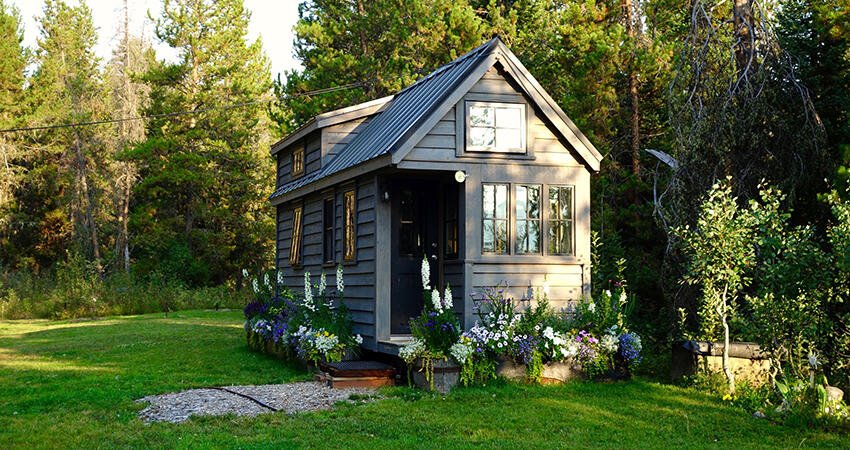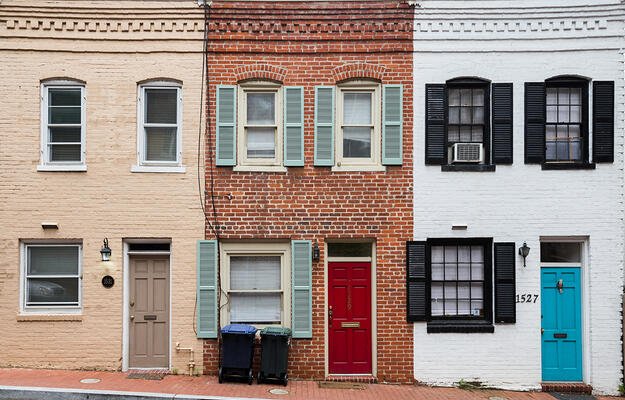
Can Tiny Homes Help Alleviate Homelessness?
- Title:
- Can Tiny Homes Help Alleviate Homelessness?
- Author:
-
April Jackson, Bridget Callea, Nicholas Stampar, Abigail Sanders, Alberto De Los Rios, and Jake Pierce
- Source:
- Publication Date:
-
2020
As many communities across the country face a housing affordability crisis, tiny homes—compact dwellings which often have less than 400 square feet—have emerged in housing debates as an affordable housing solution, but evidence remains thin. This case study of the Dwellings in Tallahassee, Florida, explored the feasibility of tiny homes as part of an affordable housing community. The vision for the Dwellings grew out of efforts to end homelessness in the community. In 2017, the Dwellings had 89 tiny homes, with a total 130 planned by the end of 2019. The community operates as a residential program with a range of services, including an evening medical clinic, a dentist office, and access to three meals a day. Residents also receive bus passes, although the bus is more than two-thirds of a mile away.
The authors sought to understand whether the Dwellings met the housing needs for people experiencing homelessness by interviewing residents, local planning officials, and core development staff. The interviews focused on “public reaction to the proposal; unexpected barriers to the process; and types of intercommunication between the nonprofits, the County, adjacent neighborhoods, and future residents.” The research identified obstacles, including financing and local opposition. However, they also found that given appropriate levels of funding and support, tiny homes can be part of a community’s strategy to end homelessness.
Key findings
- Funding was a constant challenge for the Dwellings. Because of the structure type, the project was ineligible for government funding. At the same time, local design requirements, such as permeable walkways, added time and costs to the development’s construction.
- The project had to increase its target rent level to make the finances work. At $600 to $900 per month, rents were comparable with the local market. The main benefit was the added services.
- Project staff believe that the community is most stable when the resident mix is around 25 percent very stable (anchor residents), 25 percent who struggle substantially, and around 50 percent at middle-of-the-road stability levels.
Policy implications
- For tiny homes to be a viable strategy for ending homelessness, communities may need both an ordinance that allows for this type of development and new funding models that allow lower rents.
- The Dwellings experienced significant “not in my backyard” opposition. Opponents’ fears included traffic obstructions, littering, and loitering on the roadside. Project staff dedicated time to frequent, open communication to mitigate many of those concerns.
Photo by Ariele Celeste Photography/Shutterstock


